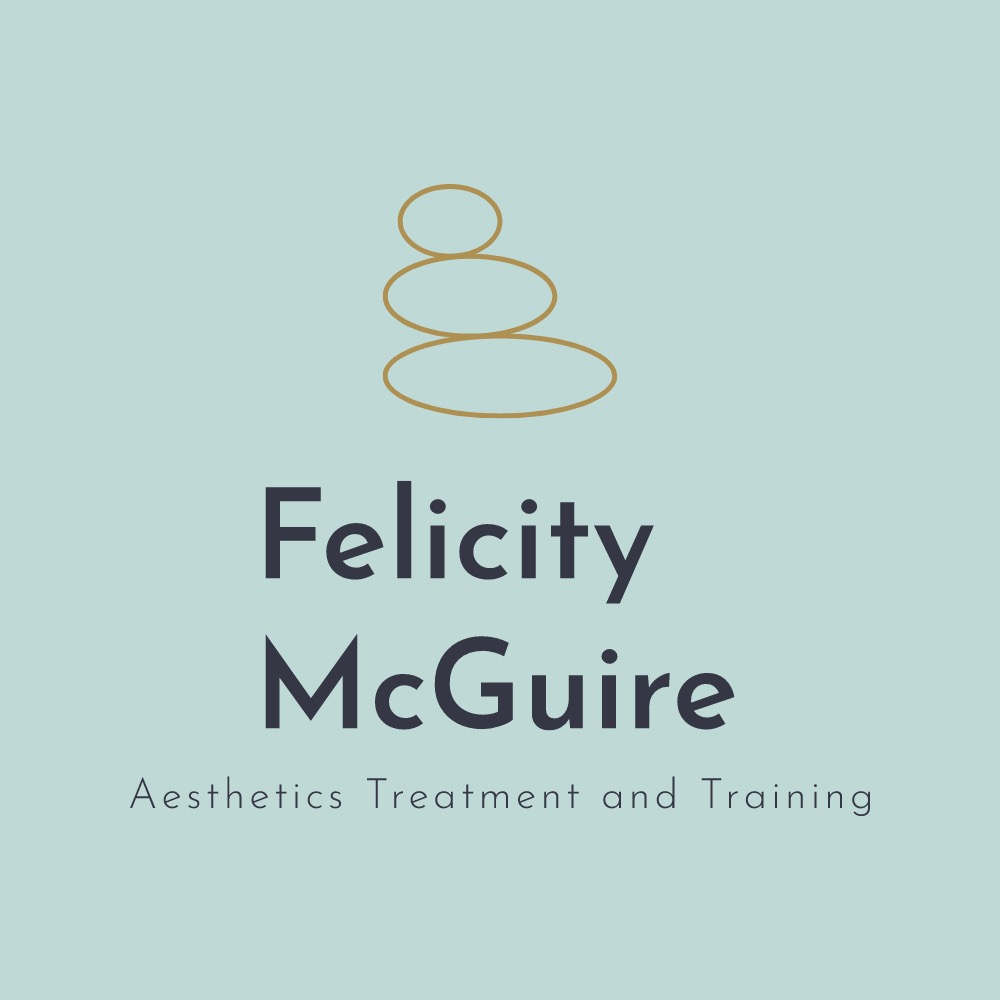Understanding Acne Scars and How to Treat Them
- Felicity McGuire
- Jun 16
- 3 min read
Acne affects nearly everyone at some stage, but for some, it leaves behind more than just temporary blemishes. Around 95% of those who suffer with acne will be left with some form of scarring. Understanding the different types of acne scars, and how to treat them effectively, is essential for restoring smoother, clearer skin.

What Causes Acne Scars?
Acne scars form when inflammation from active breakouts disrupts the skin’s ability to repair itself. This disruption leads to either too much or too little collagen being produced.
Too much collagen results in raised scars, known as hypertrophic scars.
Too little collagen causes pitted or sunken scars, known as atrophic scars.
Around 80–90% of acne scarring is atrophic.
Acne Scars vs. Acne Marks
It’s important to know the difference between acne scars and acne marks.
Acne scars are permanent textural changes in the skin caused by damage to the collagen during the healing of inflamed acne.
Acne marks are temporary discolouration caused by inflammation, and tend to fade over time.
There are two main types of acne marks:
PIH (Post-Inflammatory Hyperpigmentation) – brown marks, more common in darker skin tones.
PIE (Post-Inflammatory Erythema) – red marks, more common in fairer skin types.
Types of Atrophic Acne Scars
Atrophic scars fall into three main categories:
Icepick Scars
Deep and narrow
Extend into the dermis
Caused by a significant loss of collagen
Often the most difficult to treat
Boxcar Scars
Wide and U-shaped with sharp edges
Can be shallow or deep
Caused by inflammation that destroys collagen
Rolling Scars
Broad depressions with sloping edges
Often give the skin a wavy or uneven appearance
Caused by fibrous tissue tethering the skin
Hypertrophic Scars
Hypertrophic scars are raised and occur due to an overproduction of collagen. They are less common in acne and more often seen in other types of skin trauma. Treatment usually focuses on flattening the scar and reducing discolouration.
Treatment Options for Acne Scars and Marks
Atrophic Scars
Microneedling – Stimulates collagen production and improves texture.
Laser treatments – Both ablative and non-ablative lasers can help resurface the skin.
Topical retinoids – Particularly adapalene or tazarotene, which encourage cell turnover and collagen formation.
Combination skin therapies – Such as microneedling with glycolic acid or vitamin C.
For Hypertrophic Scars
Silicone gels/sheets – Can help flatten and soften scars.
Laser therapy – To reduce redness and thickness.
For PIH
Ingredients like:
Niacinamide
Azelaic acid
Vitamin C
Retinoids
Chemical peels – Help to lighten pigmentation and smooth texture.
For PIE
Barrier-repair ingredients such as:
Ceramides
Niacinamide
Centella Asiatica
Anti-inflammatory actives like green tea, resveratrol, and azelaic acid
Laser treatments (vascular lasers) may be suitable for more persistent redness.
The Role of Retinoids in Treating Scars

Research shows that retinoids — especially when combined with ingredients like benzoyl peroxide or glycolic acid — are highly effective for both acne and scarring. They help by:
Increasing collagen production
Smoothing skin texture
Fading pigmentation
Reducing inflammation
One clinical study found that 0.3% adapalene gel improved acne scars by up to 89% after consistent use for 24 weeks.
Final Thoughts
Treating acne scars is a journey that often requires a combination of homecare and in-clinic treatments. Identifying whether you're dealing with true scars, post-inflammatory marks, or a mixture of both is the first step in building an effective plan.
If you’re not sure which type of scarring you have or what approach would suit your skin, a professional consultation can guide you towards safe, tailored options that work.
%20-%20Navy%20(1).png)




Comments